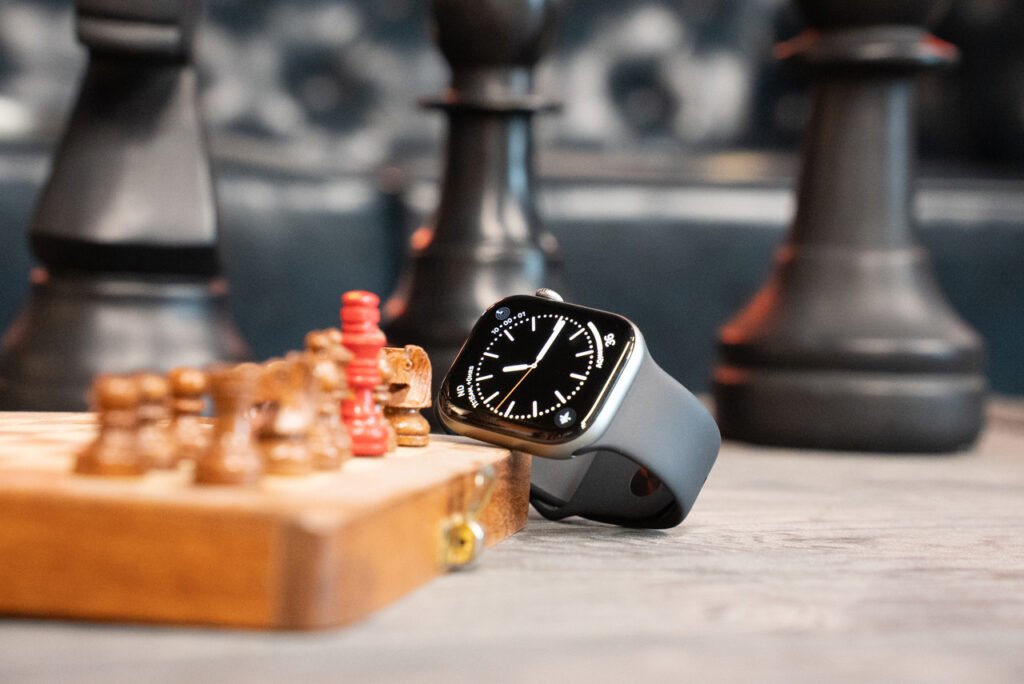Apple has long dominated the smartwatch market, thanks to its seamless integration with the iOS ecosystem. The Apple Watch Series 11 continues this legacy. Starting at ₹46,900 for the GPS model in aluminum, it offers familiar sizing options of 42mm and 46mm while introducing subtle but meaningful enhancements. With increased competition from Samsung’s Galaxy Watch 8 and Google’s Pixel Watch 4, is the Series 11 worth upgrading from the Series 10? I have spent the past few days wearing the 46mm GPS + Cellular version in Space Grey. Let’s dive in.
Design & Build
Apple’s design philosophy for the Apple Watch has always prioritized refinement over reinvention, and the Series 11 sticks to that script. At first glance, it looks identical to the Series 10, featuring the same sleek, square-shaped aluminum or stainless steel chassis with rounded edges.
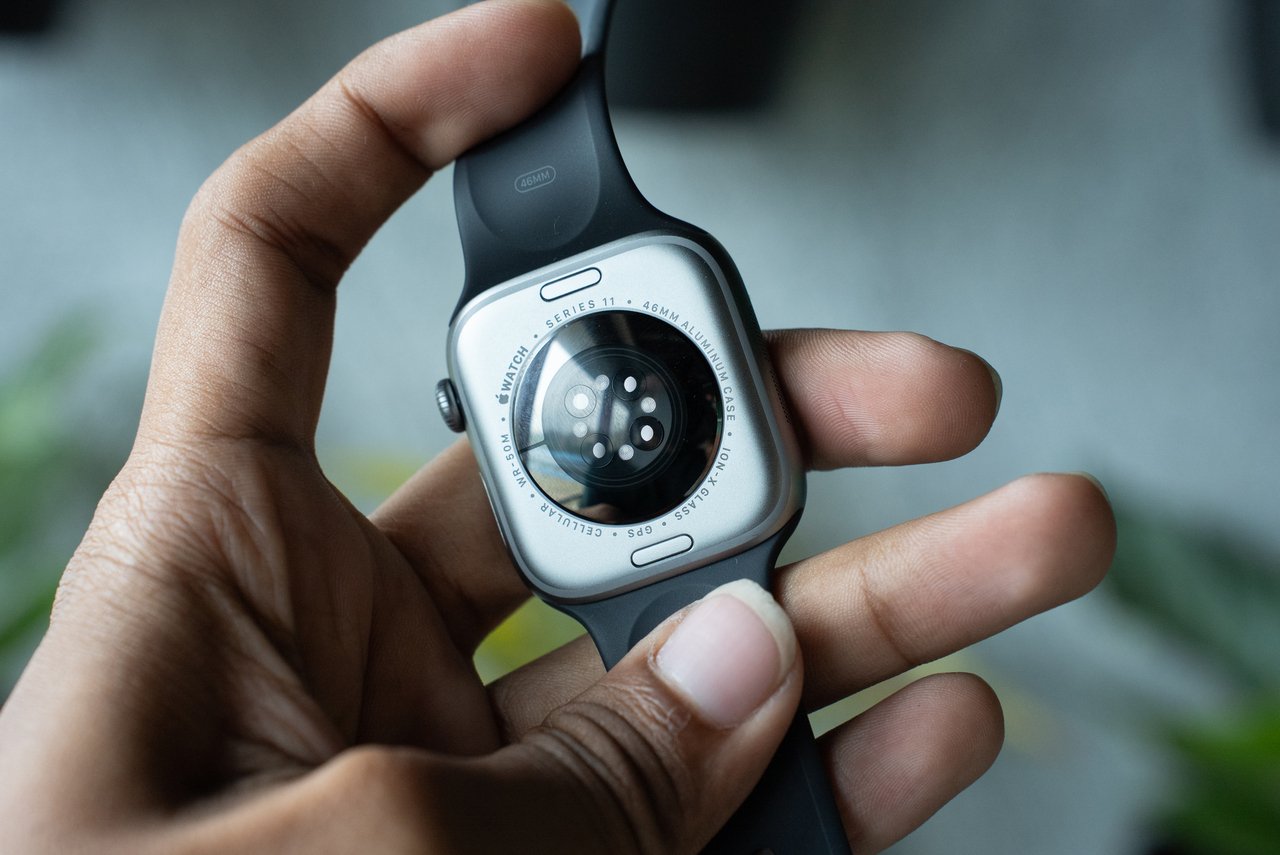
The LTPO3 OLED display can reach a peak brightness of 2,000 nits, making it clear enough for outdoor activities on sunny days or lounging by the pool. The viewing angles have improved slightly compared to the Series 10, thanks to the wide-angle technology. This makes it easier to check workout statistics from various positions. However, there is no upgrade to microLED or an increase in refresh rate beyond the adaptive range of 1-60Hz. For Series 10 owners, this display remains the same, but for users of older models, the boost in vibrancy and responsiveness is quite noticeable. Colours stand out on watch faces, such as the new “Modular Duo,” which efficiently organizes complications for quick access to information. Additionally, the water resistance rating is unchanged at 50 meters (WR50), which makes it suitable for swimming but not for scuba diving, that’s Ultra category.
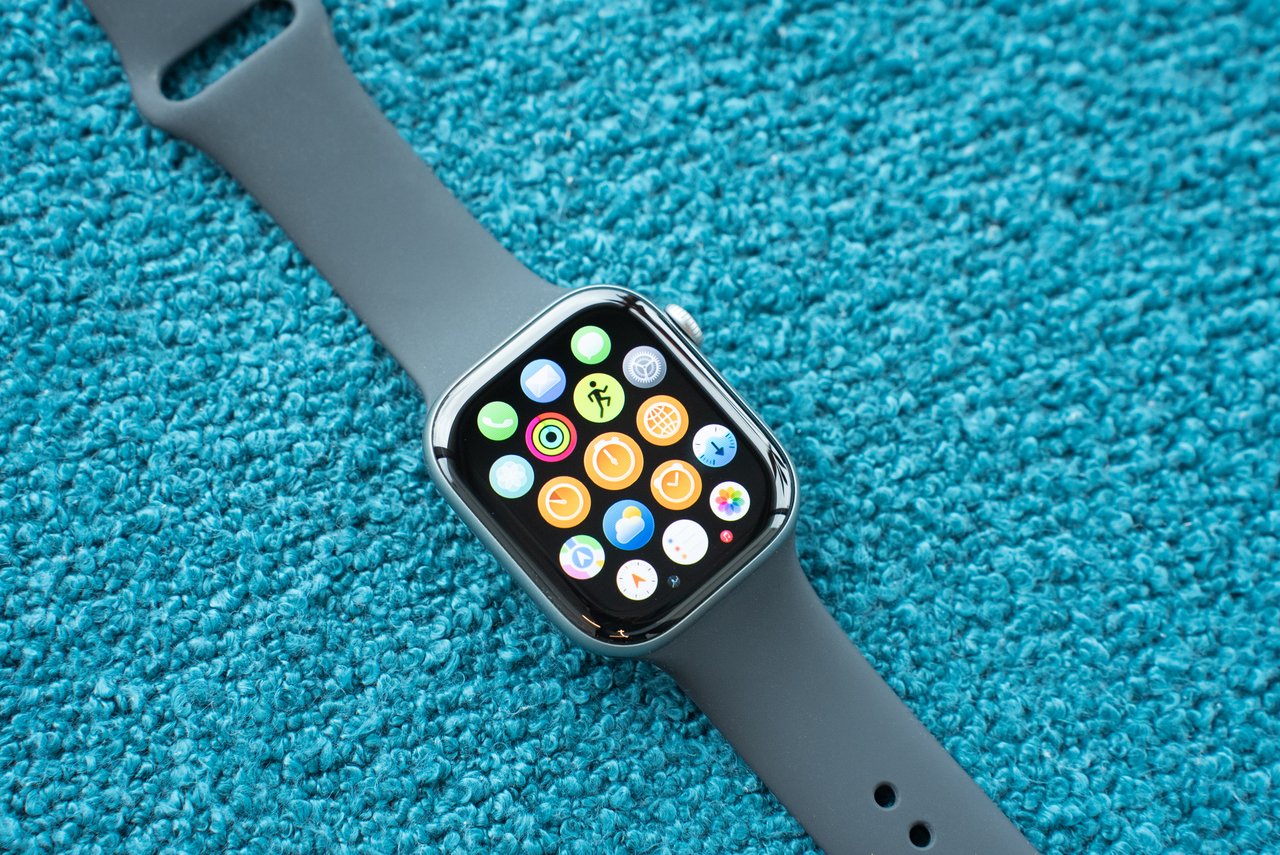
The key upgrade is durability. Apple claims the front glass is now twice as scratch-resistant compared to the Series 10. It protects against scratches and bumps, but it’s not invulnerable. Changing bands remains easy with the quick-release mechanism.
Performance
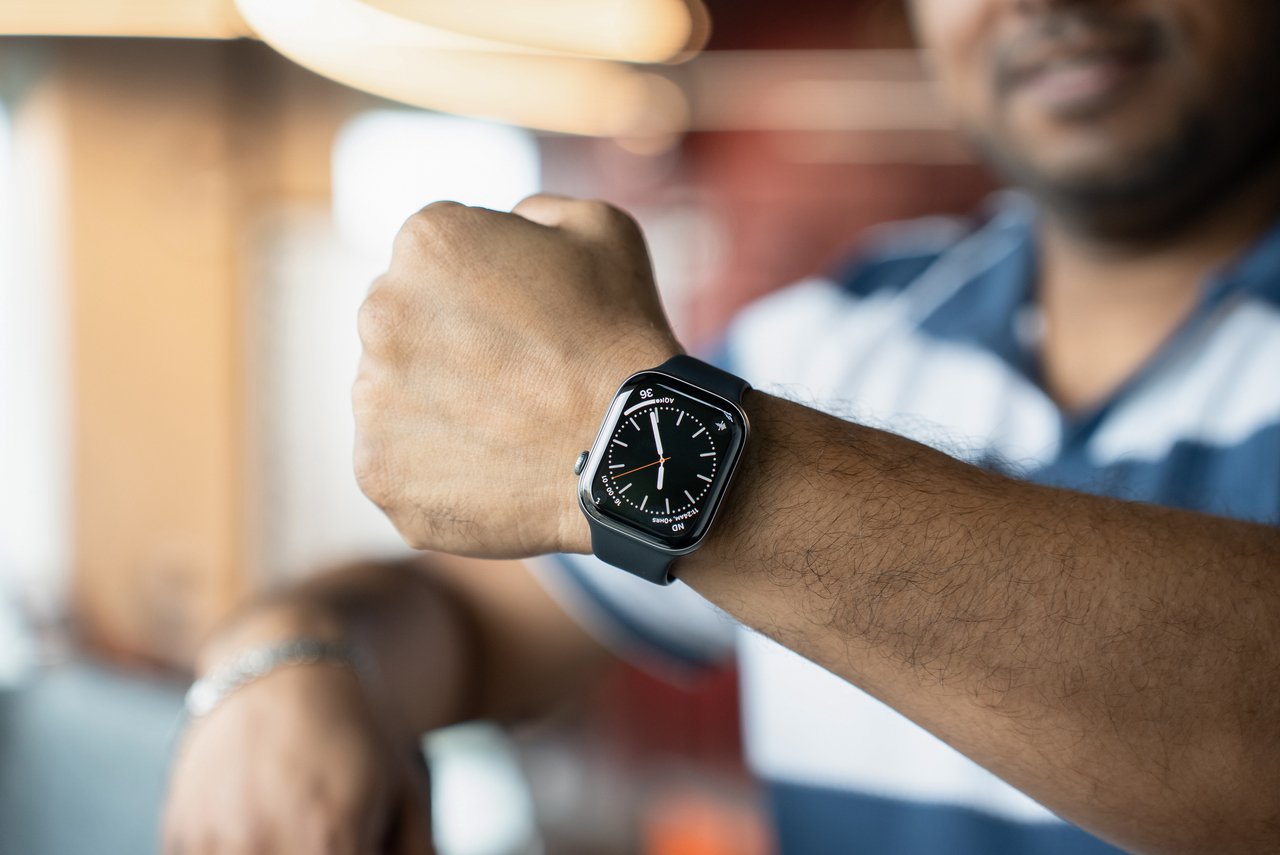
Under the hood, the Series 11 runs the same S10 SiP (system in package) as the Series 10, a dual-core CPU/GPU with a 4-core Neural Engine. Clock speeds are around 2.5GHz, providing quick performance for apps, animations, and Siri queries. Launching the Workout app or navigating Apple Maps takes less than a second, even with background processes like heart rate monitoring running. The 64GB of storage is ample for music, podcasts, and apps, with no noticeable slowdowns.
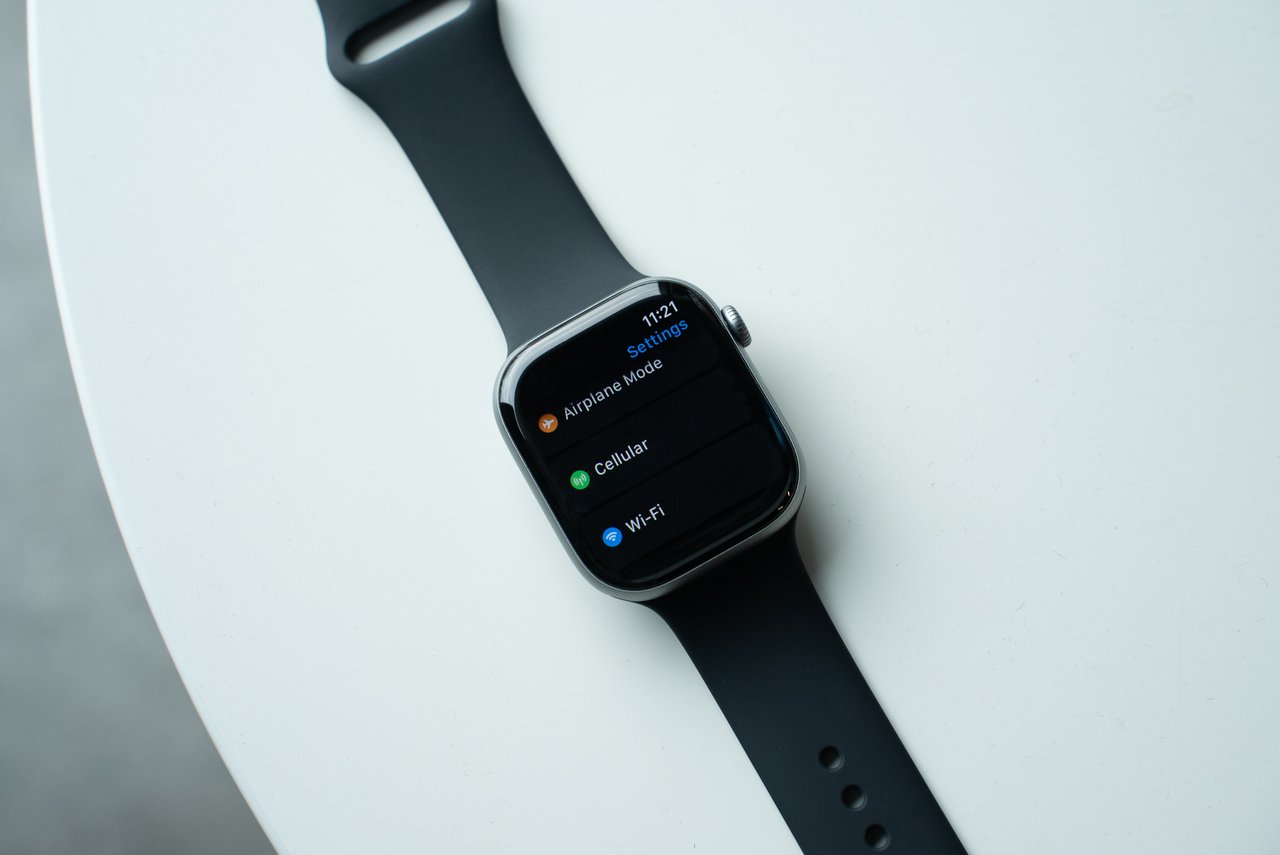
A major upgrade for cellular users is the transition to 5G. Replacing LTE with 5G results in faster data speeds, significantly reducing download times for watchOS updates and app installations compared to my LTE Series 10. Signal strength has also improved, thanks to a newly designed antenna that is more power-efficient, maintaining a reliable connection in areas with weak reception where my old watch would drop calls.
watchOS 26 enhances the experience with AI capabilities. Apple Intelligence (which requires an iPhone 16 or later) powers “Workout Buddy,” a virtual coach that delivers personalized audio encouragement through the speaker. The Smart Stack feature now offers context-aware widgets, such as suggesting a weather complication before rain is forecasted. Translation features can handle live audio in multiple languages, making it ideal for travel.
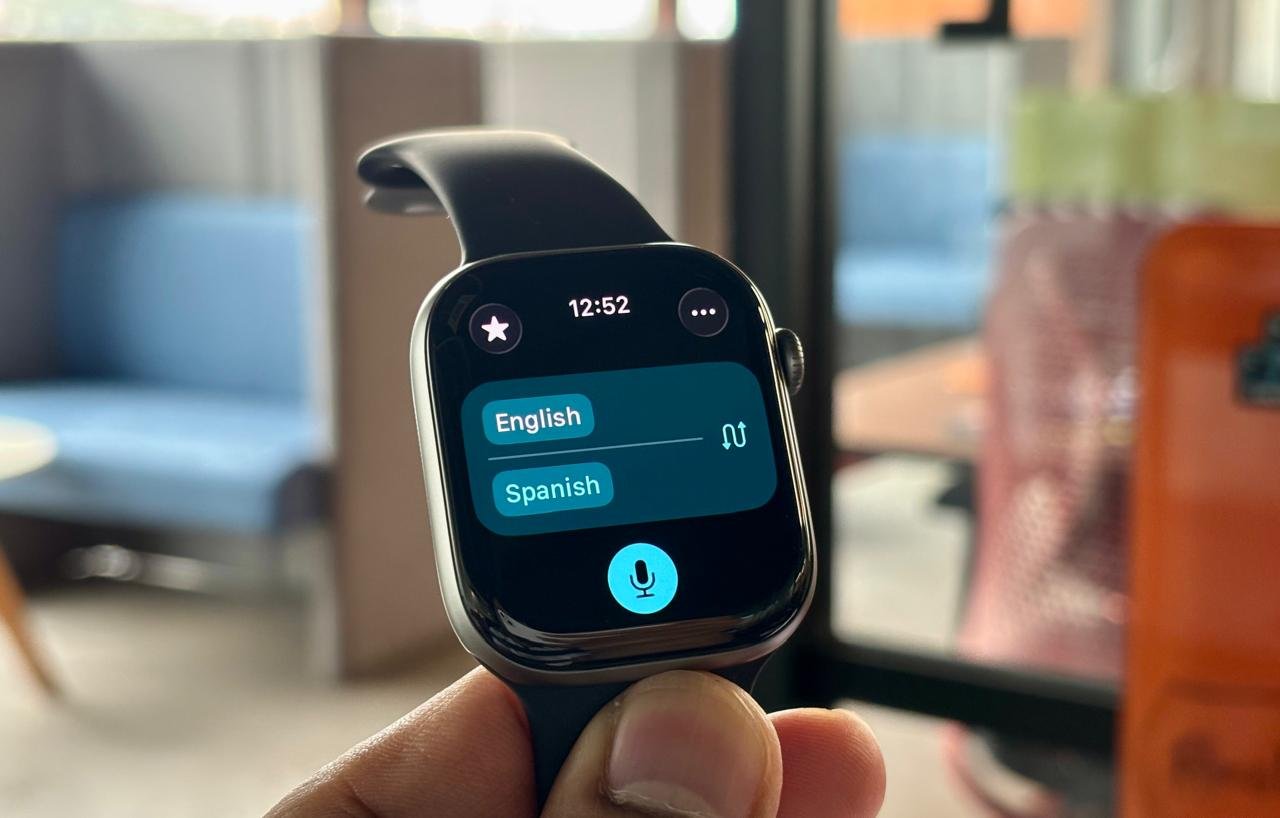
Multitasking is seamless, allowing up to 50 apps to run without lag. However, if you’re upgrading from the Series 10, the performance feels identical, with no new cores or improvements in efficiency. For those coming from the Series 9 or earlier, this is a significant boost in speed. Regarding gaming, simpler titles like the 2024 remake of “Tiny Wings” run smoothly, but don’t expect console-level graphics.
Health & Fitness
The Apple Watch has long been a leader in health tracking, and the Series 11 enhances this with the features offered by watchOS 26. The fourth-generation optical heart sensor provides precise measurements for ECG, irregular rhythm notifications, and cycle tracking.
A key feature is hypertension notifications, which are unfortunately not available in India at this time. This feature uses an algorithm to analyze 30 days of passive data, including pulse, activity, and sleep, to identify potential trends in high blood pressure. While it is pending FDA clearance in the U.S. and will also become available in India later, it will notify users through the Health app.
Sleep tracking has received an update with the introduction of Sleep Score (ranging from 0 to 100). This feature breaks down sleep duration, quality, and interruptions using a color-coded ring, making the data easily understandable compared to the raw data often provided by competitors. Additionally, safety features such as fall and crash detection, as well as emergency SOS, continue to remain strong.
Battery
Battery life has long been a weak point for Apple Watches, consistently capped at 18 hours for years. However, the Series 11 finally makes a breakthrough, now rated for 24 hours with the always-on feature enabled and up to 38 hours in Low Power Mode. In practical use, with the always-on feature active, GPS workouts, cellular streaming, and sleep tracking, users can expect between 22 to 25 hours of battery life before dropping below 10%. For instance, using the watch throughout a full day of office work, a 45-minute gym session, and listening to Apple Music until bedtime can leave you with around 15% battery remaining. Charging is fast, reaching 0-80% in 30 minutes with a USB-C magnetic puck, and fully charged in 45 minutes. I topped up during lunch without any issues.
Software & Ecosystem
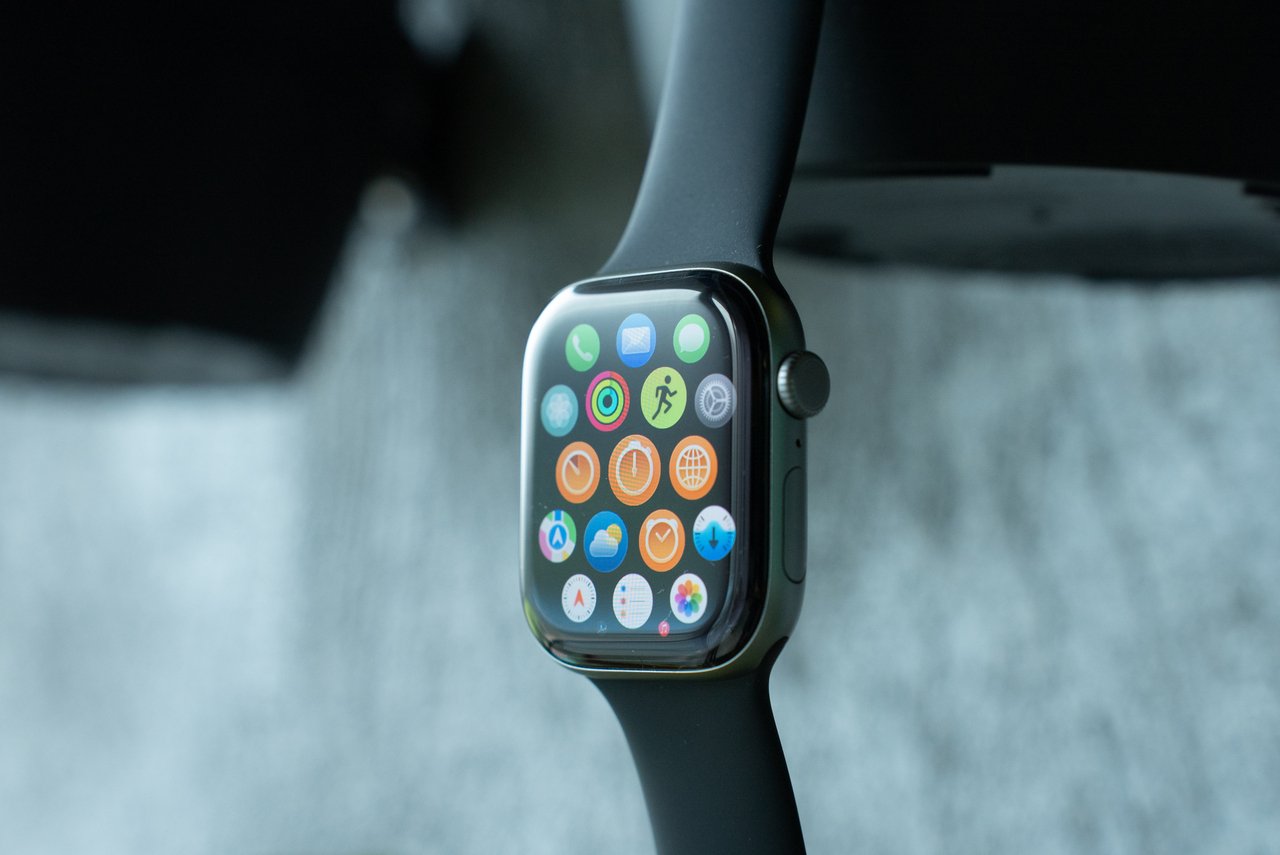
watchOS 26 is a standout update available for free to Series 9 and newer users. In addition to health features, it introduces live translation for calls, the ability to dismiss notifications with a wrist flick, and enhanced integration with Apple Intelligence. The Photos watch face utilizes AI to curate your memories, while Smart Stack anticipates your needs, such as displaying boarding passes. Privacy is a top priority, ensuring that health data remains on your device unless you choose to share it. Integration with iPhone and iPad is seamless, allowing for workout handoffs and mirroring in the Control Center. One drawback is the lack of sideloading options, which restricts customization compared to Android Wear.
Verdict
The Apple Watch Series 11 maintains a familiar design and S10 chip but effectively addresses key issues. Its new 2x scratch-resistant glass increases durability, and the addition of 5G cellular provides faster connectivity. Health features like hypertension alerts and a Sleep Score encourage proactive wellness, while the standout improvement is the 24-hour battery life, reducing hassle.
For Series 10 owners, the upgrade may not be worth it unless interested in 5G or better battery life. However, for those with Series 9 or older models, the Series 11 is a faster, tougher, and smarter option. Priced at ₹56,900(GPS + Cellular) with trade-in options, it offers great value for newcomers.
In a competitive market, the Series 11 remains the top choice for iOS users. Apple has refined their approach rather than reinventing the wheel.


